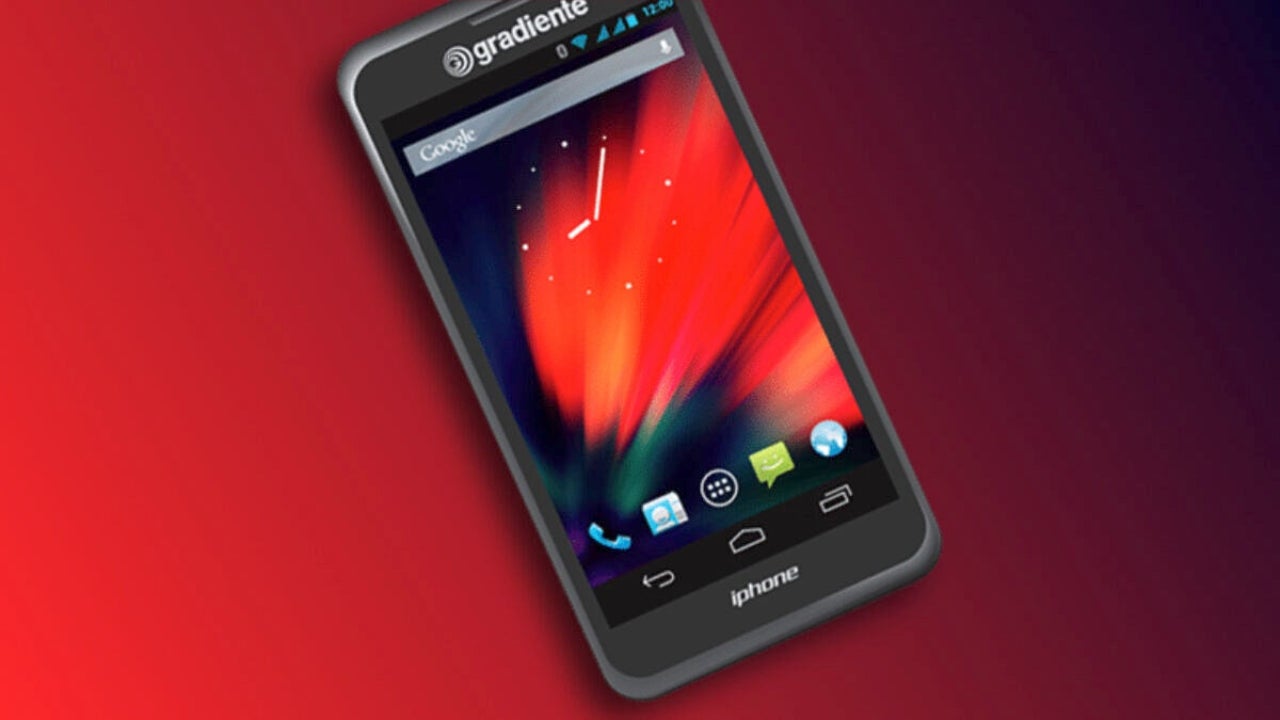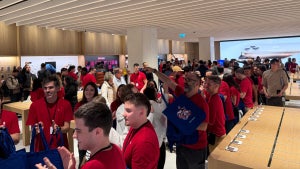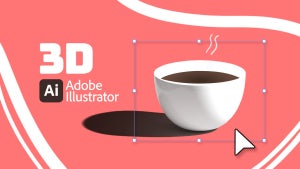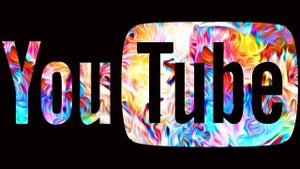News
An iPhone that isn't from Apple? This is its curious story
Brazil was different for the iPhone

- November 29, 2024
- Updated: November 29, 2024 at 8:11 PM
When we think of an iPhone, we obviously think of Apple. The iconic phone introduced by Steve Jobs in 2007 is already a benchmark in the collective imagination and the target of other brands that want to match its quality, design, and functionality. There is another iPhone, one that is not from Apple. Let’s talk about a much less known story, that of a phone which, although it bears the same name, has nothing to do with Cupertino. An interesting chapter where trademark rights, creativity, and, of course, technology intersect.
The name iPhone, registered before Apple used it
In the year 2000, six years before Apple introduced the first iPhone, the Brazilian company Gradiente registered the trademark “iPhone” in Brazil. A decision that, at the time, went almost unnoticed, but became the center of attention in 2012, when Gradiente launched its own phone under this name.
The Gradiente device had nothing to do with Apple’s proposal, beyond the name. It ran on Android 2.3 Gingerbread and its specifications were far from what Cupertino offered: a 700 MHz processor, 384 MB of RAM, and 2 GB of storage. We are talking about a basic phone, designed for a very different market than the one Apple targeted with its revolutionary device, but it was called “iPhone.”
Apple began the process to register “iPhone” in Brazil in 2006, but Gradiente, which already had the name reserved, sparked a legal battle that lasted several years. In 2013, the Brazilian justice ruled that both companies could use the name, but Gradiente would have to differentiate by adding its own brand: “Gradiente iPhone.” This resolution allowed Apple to continue selling the iPhone in Brazil while Gradiente maintained its rights over the original name.
An outcome that set a precedent
After several more lawsuits, Gradiente’s original registration was canceled—mainly due to the company’s lack of use of the term—opening the door for Apple. It wasn’t easy, as Apple had to demonstrate that its iPhone was much more than a name: it was a globally recognized icon. In the process, it became clear that a name can symbolize much more than a product; it can be the reflection of a vision for the future and an experience.
“iPhone” is design, functionality, and performance working in harmony. It is synonymous with Apple’s way of designing and working, and although technically, there was another iPhone, in the global collective imagination, there is only one authentic one.
The case of the Gradiente iPhone is one of the most curious episodes in Apple’s history. Brands and names are a fundamental part of the technological ecosystem, and they define the perception and reach of products in the market. And even with this, a name is not enough: Quality, innovation, and user experience are the true keys to success.
The name matters, but the content is what truly makes the difference. In this case, we can safely say, just like Steve Jobs didn’t want Apple to resemble Disney, that the iPhone, the real one, is much more than a device. It is a reflection of Apple’s philosophy in all its splendor.
Architect | Founder of hanaringo.com | Apple Technologies Trainer | Writer at Softonic and iDoo_tech, formerly at Applesfera
Latest from David Bernal Raspall
You may also like

Apple La Vaguada: this is how its inauguration went
Read more

The game that has been accused of plagiarizing Horizon Zero Dawn… But it is more similar to Palworld
Read more

Capture the Magic: Create Your Perfect Family Album with Adobe InDesign This Holiday Season!
Read more

The new 3D Tools in Adobe Illustrator are revolutionary
Read more

Inside YouTube’s 2024 Spotlight: Top Creators, Surprising Stats, and Record-Breaking Videos
Read more

Our Mac can freely convert any photo into text
Read more